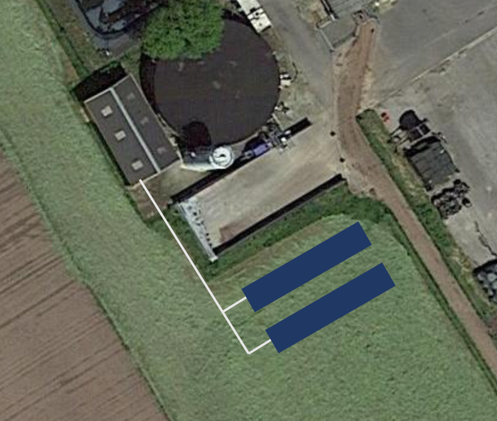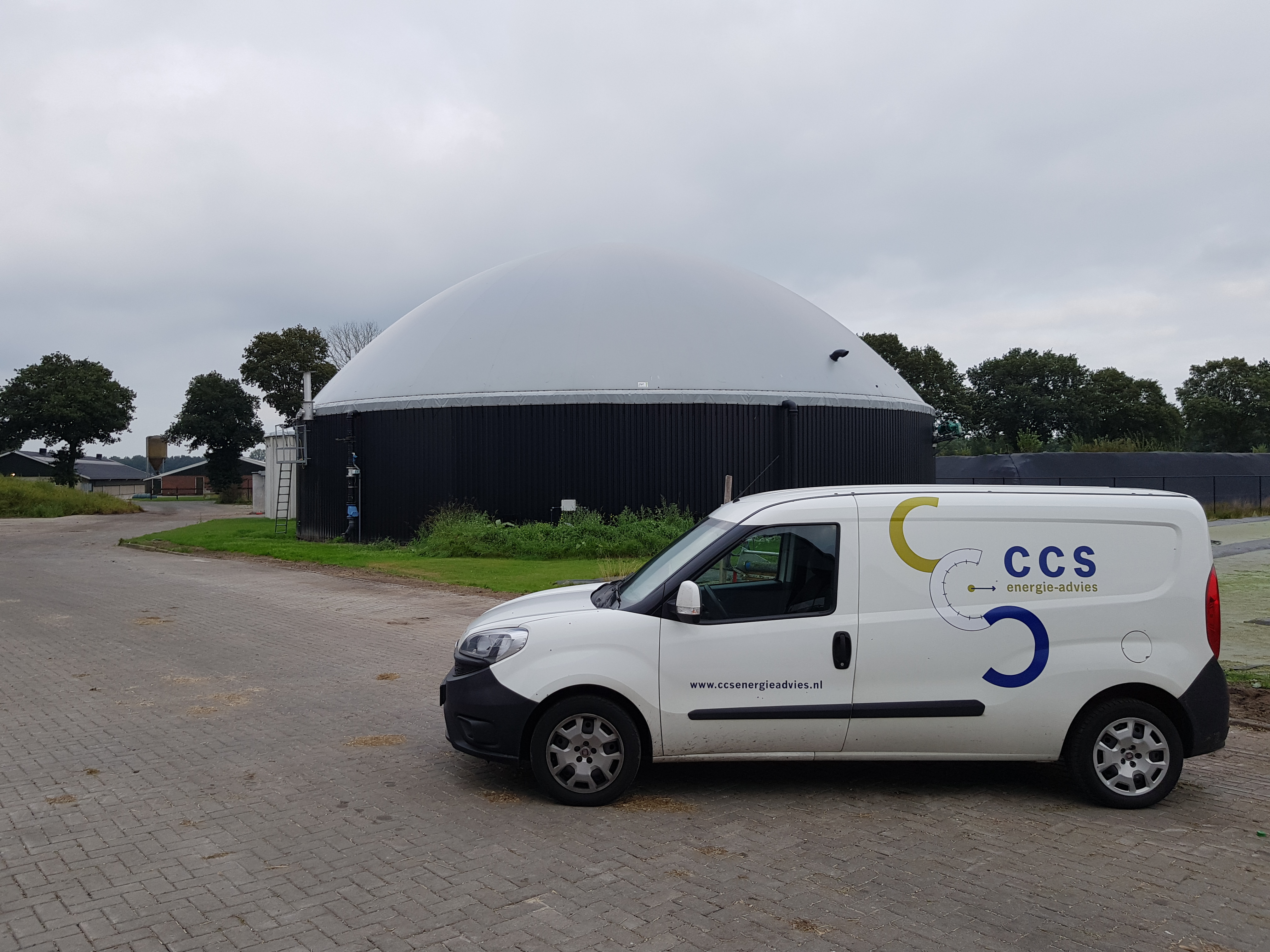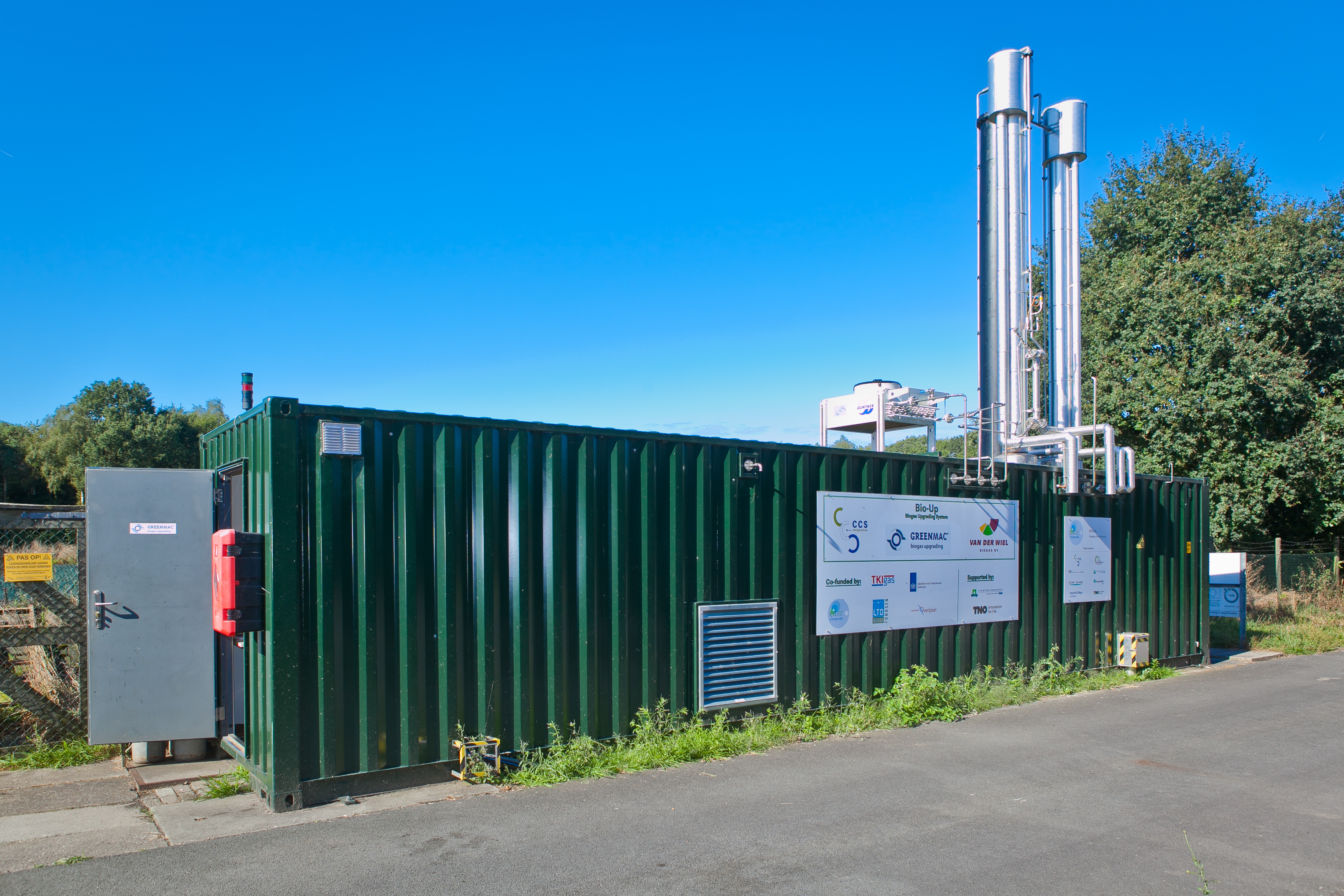Now that pilot site #1 is up and running, it is time to introduce pilot site #2.
The pilot site will be located at an agricultural innovation centre, which is also a working farm, where a number of new techniques are being tested. The centre is located near the town of Hengelo in the province of Gelderland in the Netherlands.
What type of farm is it?
The farm is a typical dairy farm of which there are many in The Netherlands. There are roughly 150 dairy cows that produce 4000 tonnes of manure per year.
During the selection process, having a different use of hot water to that of pilot site 1, was important. In this application, the heated water will be used in an anaerobic digester.
An anaerobic digester is a method of producing biogas from organic waste products. In this case, we digest the manure produced by the cows. The 4000 tonnes of manure per year will produce roughly 72000 m3 of biomethane per year. The gas is then discharged into the natural gas network for use in people’s homes and industrial processes.
The digester works using micro-organisms, which require a certain temperature (normally 35°C, but this plant operates at 38°C) to function. As such, we want to constantly keep the digester at this temperature. This gives us a rather constant heat demand. The digester is fed continuously and constantly loses heat to the outside, even though the system is insulated.
What is the existing heating requirement?
Fortunately, calculating the heat demand of the digester is quite easy. We have our tools to assist in this, but in the most basic sense, we calculate the heat demand based on insulation losses. This depends on the size of the digester, flow rate of manure, composition of insulation (primarily the roof), desired inside temperature and the ambient temperature throughout the year.
The result is shown in the graph below:




